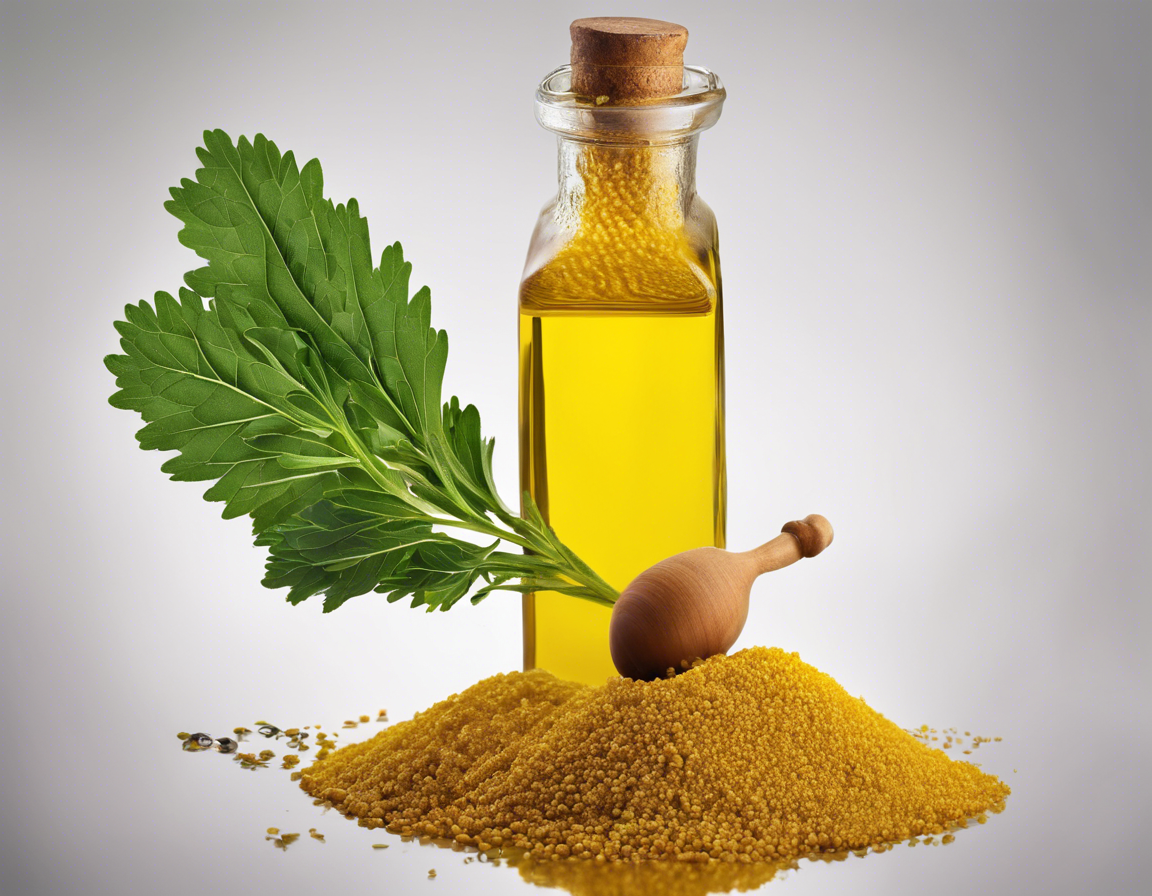Mustard oil is a popular cooking oil that has been used for centuries in various cultures worldwide. It is known for its distinctive pungent flavor, numerous health benefits, and versatility in cooking. In recent times, the prices of mustard oil have been fluctuating due to various factors such as production, demand, and market trends. In this comprehensive guide, we will delve into the factors influencing mustard oil prices and provide insights into understanding these fluctuations.
Understanding Mustard Oil Prices
Factors Influencing Mustard Oil Prices
-
Mustard Crop Yield: The primary factor affecting mustard oil prices is the crop yield. A poor harvest due to unfavorable weather conditions or pest infestations can lead to a decrease in supply, thereby driving prices up.
-
Demand: Demand for mustard oil, both domestically and internationally, plays a crucial role in determining its prices. Higher demand, especially during the festive seasons or in regions where mustard oil is a staple ingredient, can lead to price hikes.
-
Production Costs: The cost of production, including expenses related to cultivation, harvesting, processing, and transportation, directly impacts mustard oil prices. Fluctuations in production costs can influence the final retail prices.
-
Government Policies: Government regulations on agriculture, imports, and exports, subsidies, and taxes can also affect mustard oil prices. Changes in policies can lead to price variations in the market.
-
Global Market Trends: International market trends, such as the prices of other edible oils like sunflower oil, soybean oil, and palm oil, can indirectly impact mustard oil prices. Mustard oil prices are often influenced by the overall trends in the edible oil market.
Mustard Oil Price Trends
Historical Price Analysis
Historical data on mustard oil prices reveals a pattern of fluctuation over the years. Various factors such as monsoon patterns, crop production, government policies, and market demand contribute to these fluctuations. Understanding the historical price trends can provide valuable insights into predicting future price movements and making informed buying decisions.
Current Price Scenario
As of [current date], the price of mustard oil in [country/region] is [price per liter/kilogram]. The current price reflects the ongoing market dynamics, including factors like seasonal variations, global oil prices, and domestic demand. It is essential for consumers, retailers, and distributors to stay updated on the current price scenario to adjust their purchasing and selling strategies accordingly.
Tips for Consumers
Smart Purchasing Strategies
-
Comparison Shopping: Before buying mustard oil, compare prices from different retailers or online platforms to find the best deals.
-
Bulk Buying: Consider purchasing mustard oil in bulk quantities during sales or promotions to save money in the long run.
-
Quality Check: Ensure that the mustard oil you buy is of good quality and from a reputable brand to get the best value for your money.
Storage Tips
-
Dark Bottles: Store mustard oil in dark-colored bottles away from direct sunlight to prevent rancidity.
-
Cool and Dry Place: Keep the oil in a cool and dry place to maintain its freshness and flavor.
-
Air-Tight Container: Use an air-tight container to store the oil and prevent oxidation.
Frequently Asked Questions (FAQs)
1. What is the health benefits of mustard oil?
Mustard oil is rich in monounsaturated and polyunsaturated fats, which are beneficial for heart health. It also contains antioxidants and vitamins like A, D, E, and K.
2. Can mustard oil be used for cooking at high temperatures?
Yes, mustard oil has a high smoke point, making it suitable for cooking at high temperatures. It is commonly used for deep frying and sautéing.
3. Are there different varieties of mustard oil available in the market?
Yes, there are various types of mustard oil available, such as cold-pressed, organic, and refined versions. Each type has its unique flavor profile and uses.
4. How can I check the purity of mustard oil?
To check the purity of mustard oil, perform a simple purity test at home by heating a small quantity of oil. If the oil splutters, it is likely pure.
5. How often do mustard oil prices change in the market?
Mustard oil prices can fluctuate daily, weekly, or monthly based on market conditions, crop yield, and demand-supply dynamics.
In conclusion, understanding the dynamics of mustard oil prices can help consumers, retailers, and distributors navigate the market effectively. By staying informed about the factors influencing price fluctuations, historical trends, and smart purchasing strategies, individuals can make well-informed decisions regarding buying, selling, and storing mustard oil. Stay updated on the current price scenario and leverage these insights to optimize your mustard oil purchasing experience.

